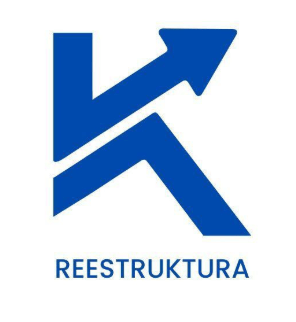Also…

Bankruptcy is a judicial process that both natural and legal persons can resort to when they find themselves in a situation of insolvency, that is, when they cannot pay their debts on a regular basis. This procedure seeks to order and manage payment to creditors (those who have collection rights) in an equitable manner, trying to preserve, to the extent possible, the continuity of the company.
Bankruptcy of creditors
What happens in a bankruptcy?
Since the objective of a bankruptcy proceedings is to overcome a situation of insolvency, throughout the procedure a series of actions are taken and a series of decisions are adopted that have an enormously relevant impact:
Suspension of executions.
When bankruptcy is declared, the executions of individual creditors are suspended, which protects the company from embargoes and other judicial actions that could hinder its daily operations.
Protection of heritage.
During the bankruptcy, the debtor can continue with its economic activity, under certain conditions, thus protecting its assets and the continuity of its business.
Collective bargaining.
It allows collective negotiation with creditors, which facilitates the restructuring of debt in an orderly and equitable manner, and explore the possibility of maintaining the company’s activity.
Exemption from debts.
At the end of the process, if the established requirements are met, it is possible to obtain exoneration of the unsatisfied liability, which allows the businessman to start over without the burden of previous debts.
Supervised administration.
The figure of the bankruptcy administrator provides external and professional supervision that can improve the management of the company during the process, and overcome the financial crisis situation.
Credibility and transparency.
Initiating bankruptcy proceedings can improve the company’s perception among third parties, showing a commitment to the orderly resolution of its financial problems.
How does bankruptcy proceedings work?
The competition procedure is complex, although we can summarize it schematically in these phases:
Competition application.
The process begins with the request for a declaration of bankruptcy, which can be voluntary (submitted by the debtor himself) or necessary (requested by a creditor). At this point, the insolvency situation must be demonstrated.
Admission and declaration of competition.
The judge, after reviewing the application and the documentation presented, decides whether to admit the application and declare the competition. Once declared, a bankruptcy administrator is appointed, who may be a lawyer, an economist or an auditor.
Bankruptcy administration.
The bankruptcy administrator is tasked with supervising the activities of the debtor, evaluating the financial condition and preparing a detailed report on the financial situation of the company. This report includes an inventory of assets and rights, a list of creditors and the recognition of their credits.
common phase.
During this stage, all information about the debts and assets of the bankrupt is collected and analyzed. It is a review and verification period that allows the bankruptcy administrator to evaluate the viability of the company.
Agreement Proposal.
If it is estimated that the company may be viable, a proposed agreement is prepared, which must be approved by the creditors. This agreement may include haircuts (debt reductions), waits (deferrals of payments) and other measures to facilitate the payment of debts.
Liquidation proposal.
On the contrary, if it is not possible to reach an agreement or the company is not viable, the debtor’s assets are liquidated to pay the creditors to the extent possible.
Conclusion of the contest.
Once the previous phases have been completed and the agreement or liquidation has been carried out, the competition is concluded. The debtor may be exonerated from outstanding debts if he/she meets certain requirements.
Reestruktura
Specialized Services


